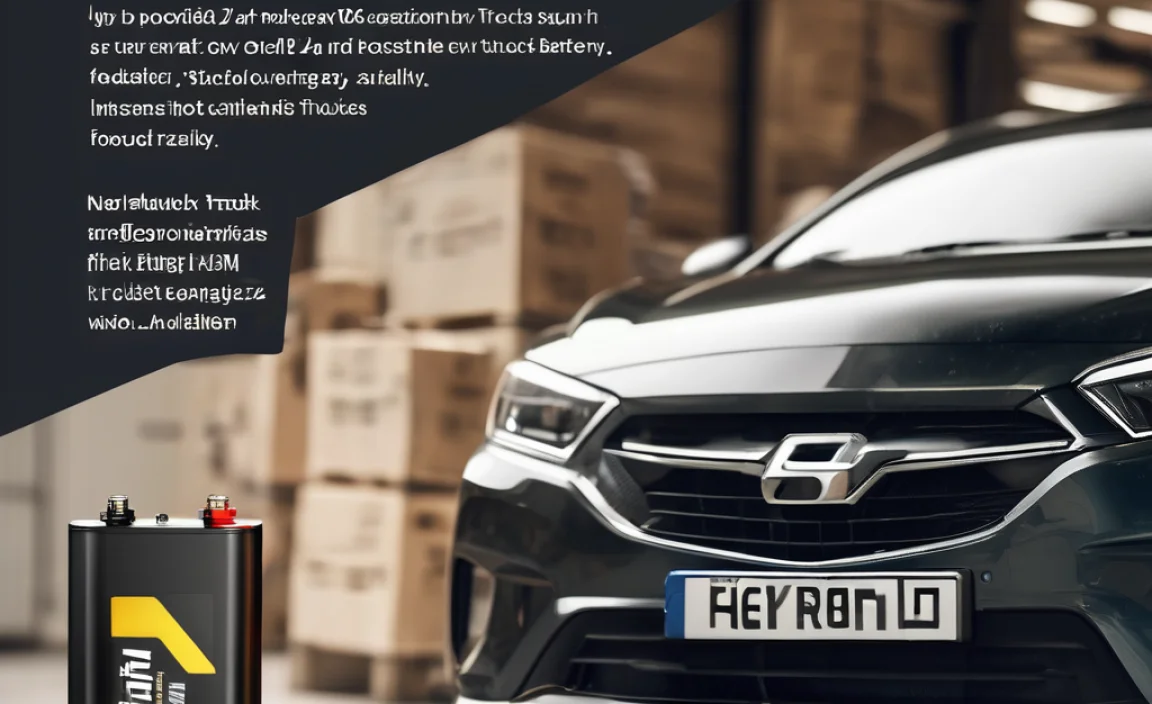Unlocking Peak Performance: A Guide to the Best & Reliable Lawn Tractor Batteries
Batteries for lawn tractors are the unsung heroes of a perfectly manicured yard. Without a dependable power source, your trusty machine is nothing more than a stylish, albeit heavy, piece of garden furniture. Choosing the right battery can make the difference between effortlessly gliding through your mowing duties and frustratingly trying to coax life out of a sluggish engine. This guide will delve into what makes a lawn tractor battery “best” and “reliable,” helping you understand the critical factors for making an informed purchase.
When it comes to selecting a battery, several key specifications need careful consideration. The first and perhaps most crucial is Cold Cranking Amps (CCA). This rating indicates the battery’s ability to start an engine in cold temperatures. While you might not be mowing in the dead of winter, a higher CCA rating generally signifies a more robust and powerful battery, capable of handling the demands of starting your lawn tractor even on cooler mornings or after a period of inactivity. For most residential lawn tractors, a CCA rating between 300 and 400 is usually sufficient. However, if you have a larger or more powerful machine, or operate in climates with colder springs and autumns, opting for a battery with a higher CCA can be a wise investment.
Beyond CCA, Reserve Capacity (RC) is another vital measure. RC tells you how long the battery can deliver a specific amount of amperage before its voltage drops to a usable limit. Essentially, it’s a measure of how long the battery can power your tractor’s accessories, like headlights or a winch, if equipped, after the engine has stopped. A higher reserve capacity means your battery has more staying power, providing more flexibility and reducing the risk of a sudden drain when you least expect it. For general lawn tractor use, an RC of 60-90 minutes is typically adequate, but again, for more demanding applications, look for higher figures.
The physical size and terminal configuration of the battery are equally important. Batteries come in various group sizes, each corresponding to specific dimensions and terminal placements. It’s absolutely essential to ensure the new battery will physically fit into your tractor’s battery tray and that the terminals (positive and negative posts) are oriented correctly to connect with your tractor’s wiring harness. Ignoring this can lead to a battery that simply won’t install or, worse, requires potentially unsafe modifications. Always refer to your lawn tractor’s owner’s manual for the correct battery group size and terminal type.
Understanding Battery Types for Lawn Tractors
When exploring batteries for lawn tractors, you’ll primarily encounter two main types: Flooded Lead-Acid (FLA) and Absorbent Glass Mat (AGM).
Flooded Lead-Acid batteries are the traditional workhorses. They are generally less expensive and widely available. In this type, the electrolyte (a mixture of sulfuric acid and water) is in liquid form, and the plates are partially submerged. They require periodic maintenance, such as checking and topping off the electrolyte levels with distilled water. While cost-effective, they are more susceptible to vibrations, can leak if tipped, and their performance can be less consistent in extreme temperatures compared to AGM batteries. For budget-conscious owners with older tractors or those who don’t mind a bit of upkeep, FLA batteries can still be a reliable choice.
Absorbent Glass Mat (AGM) batteries represent a significant upgrade in technology. In AGM batteries, the electrolyte is absorbed into glass mats sandwiched between the lead plates. This design makes them spill-proof and vibration-resistant, offering superior durability and a longer lifespan. They are completely sealed and maintenance-free, meaning you don’t need to check or add water. AGM batteries also tend to offer better performance in extreme temperatures and can handle deeper discharge cycles without significant degradation. While typically more expensive upfront, their longevity, reliability, and maintenance-free operation often make them the superior choice for many lawn tractor owners seeking a “best” and reliable solution.
Factors for a Truly Reliable Battery
Beyond the technical specifications, other factors contribute to a battery’s overall reliability. Brand reputation and warranty are critical indicators. Established battery manufacturers with a proven track record are more likely to produce high-quality, durable products. Always check the warranty offered; a longer warranty period often reflects the manufacturer’s confidence in their product’s longevity and performance. Reading user reviews can also provide invaluable insights into real-world performance and potential issues.
Battery age at the time of purchase is surprisingly important. Batteries have a shelf life, and even unused, they can lose charge over time. Purchasing a batterthat has been sitting on the shelf for an extended period can significantly reduce its effective lifespan. Look for batteries with a manufacturing date stamp and try to buy one that is as recent as possible. Some retailers may even offer battery testing services to ensure a fresh, fully charged unit.
Finally, consider the quality of construction. Higher-quality batteries will typically feature robust casing materials, well-sealed connections, and high-purity lead plates. These elements contribute to greater resistance against damage, corrosion, and premature failure, ensuring your investment yields reliable power season after season. Investing in a reputable brand with good construction will undoubtedly lead to a more dependable experience with your lawn tractor.


